
During the first years, I was sometimes overwhelmed, but then I learned to appreciate the city. Its complexity, its different municipalities and neighborhoods, its people, says Barbara to Art Market Magazine in between her online teaching at the LUCA School of Arts in Leuven.
In an exclusive interview, she reveals the historical characters that are the inspiration for her work, her relation to photography, the Greek tragedy, and the people facing the uncertainty during the coronavirus pandemic.
This story is from the Issue #53 November 2020 edition of Art Market.
Start your 7-day Magzter GOLD free trial to access thousands of curated premium stories, and 8,500+ magazines and newspapers.
Already a subscriber ? Sign In
This story is from the Issue #53 November 2020 edition of Art Market.
Start your 7-day Magzter GOLD free trial to access thousands of curated premium stories, and 8,500+ magazines and newspapers.
Already a subscriber? Sign In
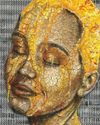
Katja Nordmeyer – Cracks, Beauty, and Soul
Katja Nordmeyer's career initially took her into the fashion world, but her passion for painting never left her, and she always felt that painting was what she was destined to do.
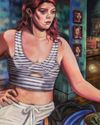
Negar Jahanbakhsh – Human self-reflection
Negar Jahanbakhsh (b. 1986, Isfahan) is an internationally award-winning Iranian artist who exhibited her art in countless solo and group exhibitions around the globe, participated in auctions and was awarded prestigious prizes for her unique art.
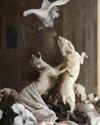
An Exclusive Interview With Guillermo Lorca
Guillermo Lorca García Huidobro is a well-renowned painter of classical oil. Early paintings have been successfully exposed and sold through important art exhibitions, including The Asprey Exhibition in London and the exhibition "The eternal life" in the most important museum in Chile.
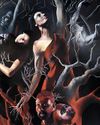
An Exclusive Interview With Kathryn Jacobi
Sleepwalking Through the Apocalypse.
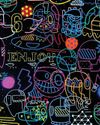
An exclusive interview with Lucas Lamenha
"The following pieces are part of a new collection developed from universal pop culture references and bring new characters and elements created from memories and inspirations of my daily life and reflections."
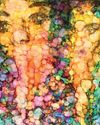
NATAŠA GREGORIČ NABHAS
Dialog with Monet
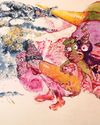
Katja Tomzig
CREATING A NEW WORLD
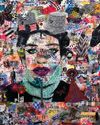
IVONNE WAISSMANN
capturing beauty
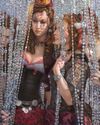
EDSON CAMPOS
Born in Rio de Janeiro, Brazil, Edson Campos has enjoyed sketching and painting since childhood.
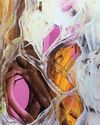
Viktoria Ganhao
BETWEEN SUBTLE FIGURATION AND LYRICAL ABSTRACTION